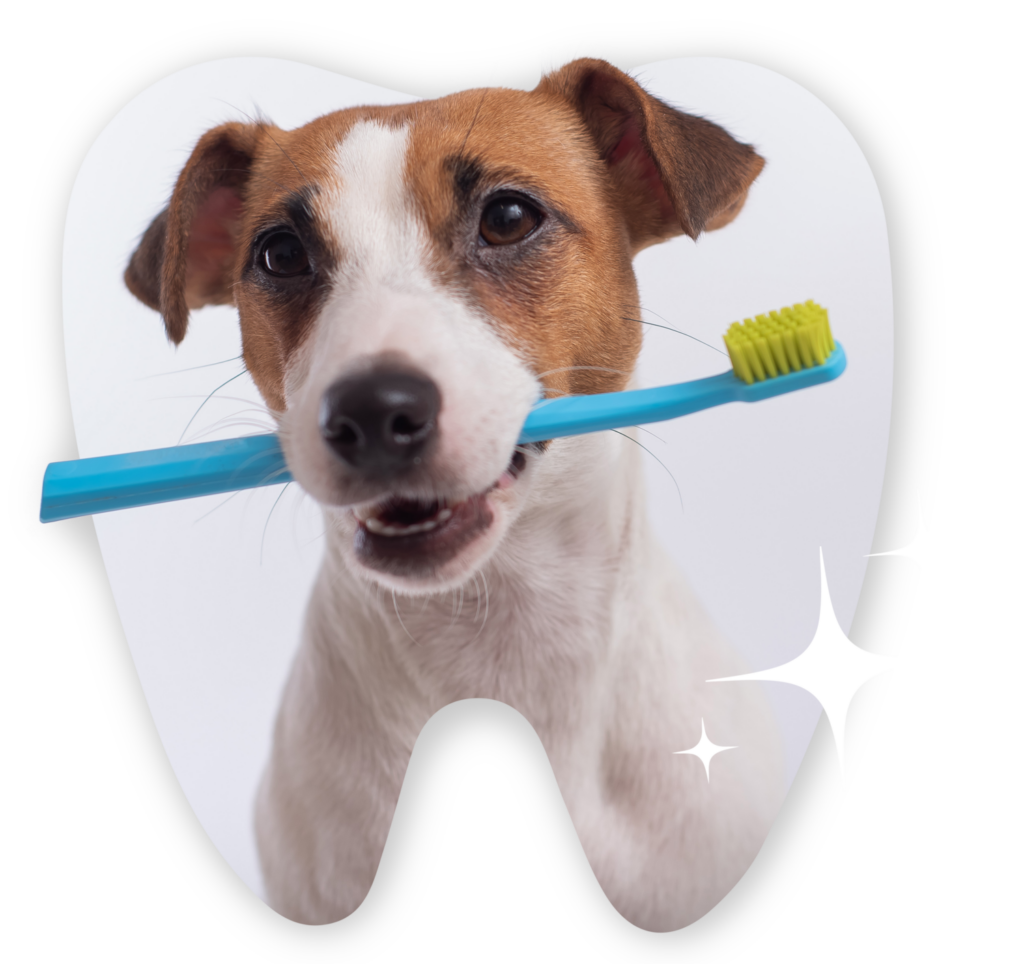Dental Days Deal
$100 off Dental Cleanings
For new and existing clients!
Call (513) 248-0904 to schedule a cleaning today!

We recommend having your pet’s teeth checked and cleaned at least
ONCE A YEAR.
Dental care is one of the most often overlooked aspects of health care for pets. The team at Day Heights Veterinary Clinic understands the importance of dental care for all pets. We provide professional dog and cat teeth cleaning and other dental services to help maintain good oral health. Let us help your pet stay safe and healthy through high quality dental services in Clermont County.
Knowing When Your Pet Needs Dental Care
It’s our pet’s instinct to hide if they are in pain or feeling sick, so they may not behave differently. If your pet is in pain, they may exhibit less obvious signs such as increased licking, altered or heavy breathing, or changes in posture and sleep habits. Although our pets can’t let us know if they’re experiencing any pain, there are symptoms we can watch for that may indicate your pet could benefit from a dental appointment:
Bad breath
Discoloration or tartar build up
Swelling and bleeding in or around the mouth
Broken, loose or missing teeth
Lack of appetite
Dropping food while eating
Drooling

Managing Your Pet’s Dental Health
Our team in Milford, OH recommends having your companion’s teeth cleaned and checked at least once a year to ensure their oral health is properly maintained. In addition to cat and dog teeth cleaning, we can perform dental X-rays to uncover hidden infections. For our team to make the most accurate assessment, your pet will be fully sedated. When you bring your pet into Day Heights Veterinary Clinic, here is what a dental cleaning will entail:
- Prior to placing your pet under anesthesia, your veterinarian will perform a physical exam and blood screening to ensure your pet can be safely put under general anesthesia.
- Then, we will place an IV catheter to administer IV fluids and the safest form of anesthesia.
- We will perform a full mouth examination to check for any damage such as bone loss, loose or broken teeth, and tumors inside your pet’s mouth.
- We use the ultrasonic scaler to clean each tooth and then implement a root-planing procedure to clean below the gum line.
- Lastly, we will polish the teeth and perform any necessary extractions.


